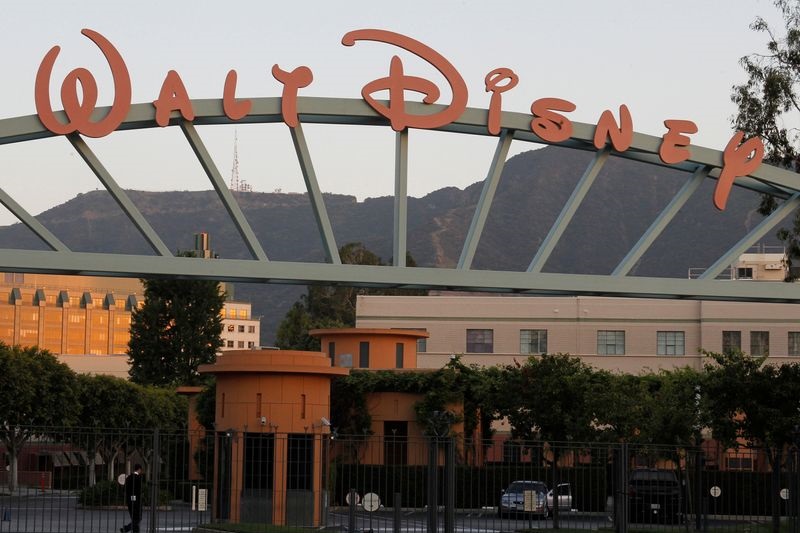US stocks ended last week on a high note after a weaker-than-expected April jobs report boosted optimism that the Federal Reserve could soon lower interest rates.
The Dow Jones Industrial Average soared by 450.02 points, or 1.18% on Friday, closing at 38,675.68. The S&P 500 jumped 1.26% to 5,127.79, marking its strongest day since February. Meanwhile, the Nasdaq Composite climbed 1.99%, finishing at 16,156.33.
All major indices ended the week with gains. The Dow rose 1.14%, the Nasdaq advanced 1.43%, and the S&P 500 gained 0.55%.
Notably, the nonfarm payrolls (NFP) report released on Friday showed that 175,000 jobs were created in April, significantly below the 240,000 forecasted by economists polled by Dow Jones. The unemployment rate inched up to 3.9% from 3.8% the previous month, while wage growth was also lower than expected, a positive indicator for inflation.
For this week, much of market attention will likely be directed at upcoming economic data releases, most notably the University of Michigan report on Friday.
“We expect the University of Michigan consumer sentiment index decreased to 76.2 in the preliminary May reading,” Goldman Sachs (NYSE:GS) economists said in a recent note.
“We estimate the report's measure of long-term inflation expectations rose 0.1pp to 3.1%, reflecting higher gasoline prices and the higher-than-expected price data reported in 2024. The transition to web-based interviews could also exert upward pressure,” they added.
Meanwhile, there will also be several speeches from Fed officials, including Vice Chair Jefferson, Vice Chair for Supervision Barr, Governors Cook and Bowman, and President Barkin, among others.
Investors await Arm Holdings (NASDAQ:ARM), Walt Disney (NYSE:DIS) reports
The first-quarter earnings season continues at full speed.
So far, data from earnings reports showed that the overall outlook for US companies remains positive, particularly Big Tech players.
However, it's worth noting that the bullish narrative is narrowing somewhat. Positioning isn't as strong as before, and earnings per share (EPS) revision cycles are normalizing as the focus shifts from cost savings and layoffs to investments and capital expenditures (capex).
Notably, public cloud trends are accelerating and appear sustainable, while capex spending among the five largest tech companies is significant, reaching $150-200 billion.
Shareholder returns are also rising, with Google (NASDAQ:GOOGL) and Apple (NASDAQ:AAPL) leading major buyback efforts. Meanwhile, EPS revisions are flattening, adding pressure on multiples. Meanwhile, optimism for AI remains robust, particularly for investments offering quick returns, such as cloud computing.
Days ahead will see several more major earnings reports come to light, most notably those by Walt Disney, Reddit, and Arm Holdings.
Other noteworthy companies set to report this week include Lucid Group (NASDAQ:LCID), Palantir Technologies (NYSE:PLTR), Occidental Petroleum (NYSE:OXY), Airbnb, and others.
What analysts are saying about US stocks
RBC: “We are now seeing mostly outperformance among the stocks that have beaten consensus on EPS so far within the Russell 1000, reversing the underperformance that had been seen among the earliest reporters. Companies beating expectations on EPS are also outperforming within the Russell 2000.”
“Our preferred gauge of EPS sentiment, the percent of sell-side EPS estimate revisions to the upside, has been a little bit stronger for Value than Growth recently. We’ve also started tracking this stat for the top 10 market cap names in the S&P 500 relative to the rest of the index. Recently, we’ve started to see a slightly stronger rate of upward revisions (i.e., better earnings sentiment) for the rest of the market. At the sector level, Energy and Financials have the best revisions profile within the S&P 500, as both are seeing positive sell-side revision for both EPS and revenues.”
Oppenheimer: “With four-fifths (401 firms or 80%) of the companies in the S&P 500 index having reported Q1 results, earnings are up 5% overall on the back of 4.2% revenue growth. Of the 11 sectors, eight show positive earnings results with three sectors posting double-digit earnings growth and three others showing negative double-digit earnings growth. Better than expected Q1 S&P 500 earnings and the recent pullback in stock prices brought P/E multiples of several key US benchmarks back to attractive levels in our view.”
Goldman Sachs: “The over-arching narrative and outlook for big tech remains a good one, though, I do think it is fair to acknowledge that as the group continues to progress higher, the ‘legs’ to the bull case stool are narrowing a bit – e.g. Positioning no longer the tailwind it once was and we are seeing signs of normalizing EPS revisions cycles in 1Q as the pendulum swings from ‘cost savings’ & ‘layoffs’ to ‘investing’ & ‘capex’ (e.g. MSFT, META (NASDAQ:META), AAPL all saw flat/no EPS revisions post 1Q prints). That said, the market arguably just ‘digested’ this step-up in capex (e.g. now in the ‘stock’), this ‘in between’ macro backdrop continues to put a bid in quality, liquid, self-funding assets with pricing power (hello big tech), we are witnessing accelerating topline growth at scale (AMZN AWS, META revs, MSFT Azure, GOOGL YT/Search/GCP) and a growing moat around A.I. (see scale, data, distribution). So, yes, still a lot to like here.”
Morgan Stanley (NYSE:MS): “In our view, this uncertain backdrop warrants an investment approach that can work as market pricing and sector/factor leadership bounces between these potential outcomes— we recommend a barbell of quality cyclicals (which we see outperforming in a "no landing" scenario) and quality growth (the relative winner in a "soft landing" backdrop, in our view).”
“We see Consumer Staples as a beneficiary of trade down from discretionary categories. On this score, the relative earnings revisions of Consumer Staples vs. Consumer Discretionary have recently turned higher, pointing to upside in relative performance from here. We think Staples over Discretionary makes sense in this context and in today's later cycle environment.”
